Home>Interior Design>Decorating With Blue: How To Decorate With Blue
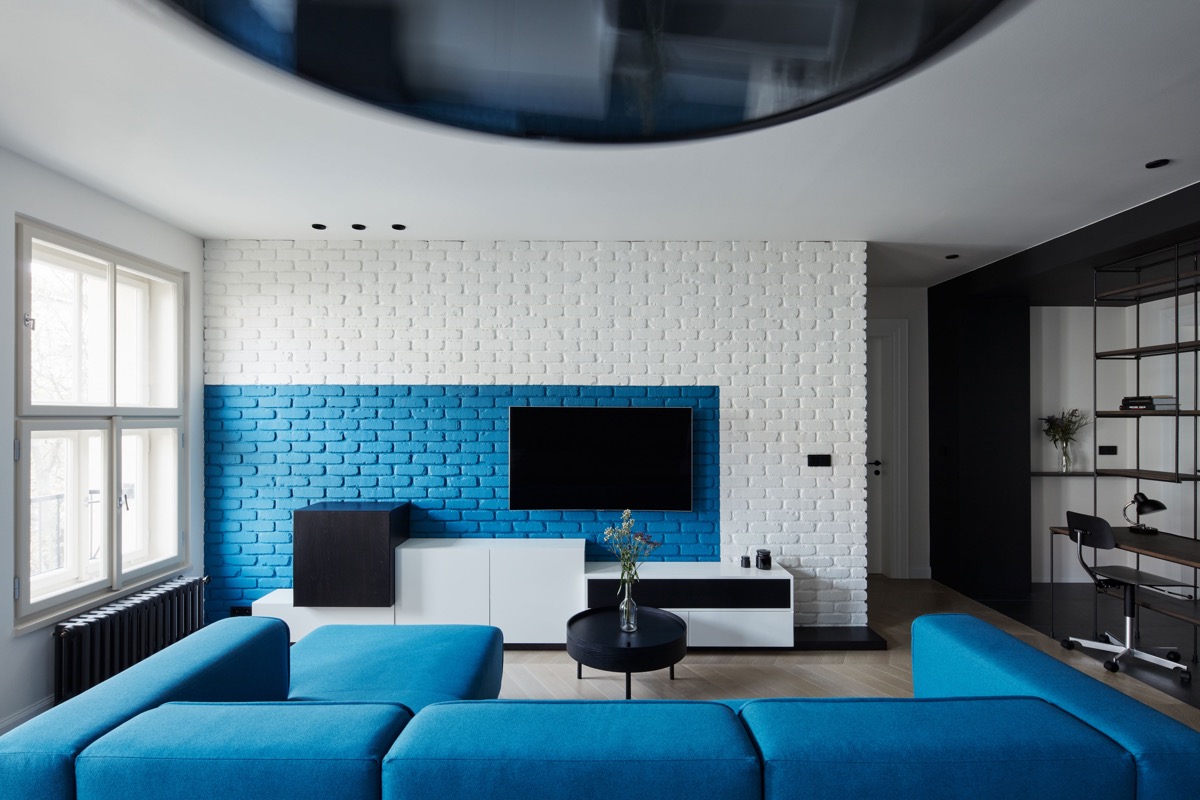

Interior Design
Decorating With Blue: How To Decorate With Blue
Modified: October 20, 2024
Discover the art of interior design with a touch of blue. Transform your space with expert tips and ideas on decorating with the timeless and versatile color.
(Many of the links in this article redirect to a specific reviewed product. Your purchase of these products through affiliate links helps to generate commission for Storables.com, at no extra cost. Learn more)
Introduction
Welcome to the world of interior design where color plays a vital role in creating a harmonious and inviting space. When it comes to choosing a color for your home decor, blue is a versatile and timeless option that can evoke a sense of calmness, tranquility, and serenity.
Blue has long been associated with the sky and the ocean, symbolizing a sense of expansiveness and freedom. It is a color that can effortlessly transform any room into a serene retreat or inject a touch of sophistication and elegance.
Understanding how to effectively decorate with blue is key to creating a space that reflects your personal style and fosters a relaxing ambiance. In this article, we will explore the psychology of blue, how to choose the right shade, and how to incorporate blue into various rooms in your home.
Whether you want to create a serene living room, a cozy bedroom, an inviting kitchen, or a refreshing bathroom, we will provide you with all the tips and inspiration you need to decorate with blue. So, let’s dive in and discover the wonders of decorating with blue!
Key Takeaways:
- Embrace the versatility of blue in interior design to evoke calmness, sophistication, and personal style. Choose the right shade, pair with complementary colors, and infuse personal touches for a harmonious space.
- Incorporate blue into various rooms to create serene retreats or vibrant focal points. Experiment with shades, textures, and lighting to evoke different moods and atmospheres.
Understanding the Psychology of Blue
Before delving into the world of blue decor, it’s important to understand the psychological impact that this color can have on our emotions and mood.
Blue is often associated with feelings of calmness, tranquility, and relaxation. It has a soothing effect on the mind and can help reduce stress and anxiety. This makes it an excellent choice for spaces intended for relaxation, such as bedrooms, living rooms, and bathrooms.
Furthermore, blue is also known to stimulate the feeling of trust and reliability. It creates a sense of stability and can evoke a sense of loyalty and responsibility. This makes blue a great choice for home offices or study areas where focus and productivity are desired.
On the flip side, blue can also be associated with feelings of sadness and melancholy. It’s important to strike the right balance when using blue in your decor. Pairing it with warm, contrasting colors or incorporating pops of vibrant hues can help uplift the mood and prevent the space from feeling overly cold or sterile.
The specific shade of blue you choose can also affect the atmosphere of the room. Lighter shades such as baby blue or sky blue tend to create a more airy and fresh ambiance, while darker shades like navy blue or royal blue can add depth and richness to the space.
Ultimately, the psychology of blue suggests that it is a versatile color that can evoke a range of emotions and create different atmospheres. Understanding these nuances will help you make informed decisions when incorporating blue into your interior design.
Choosing the Right Shade of Blue
With a wide spectrum of shades and tones to choose from, selecting the right shade of blue for your home decor can greatly impact the overall look and feel of the space. Here are some tips to help you choose the perfect shade:
- Consider the room’s purpose: Different shades of blue can evoke different emotions and energies. For a calm and serene atmosphere, choose lighter shades like pastel blue or powder blue. For a more dramatic and sophisticated look, opt for deeper shades like navy blue or midnight blue.
- Assess lighting conditions: Take into account the amount of natural light in the room. Darker shades of blue can make a room feel smaller and cozier, so they work best in well-lit spaces. Lighter shades, on the other hand, can help reflect light and make a room feel brighter and more spacious.
- Consider existing decor: Take a look at the existing color palette and furnishings in the room. Choose a shade of blue that complements the other elements in the space. Consider the undertones of the blue as well, whether it is cool or warm, to ensure it blends harmoniously with the surrounding colors.
- Get samples: It’s always a good idea to get paint samples or fabric swatches to test the shades in your room before committing to a specific color. The lighting conditions in your space can greatly affect how a color appears, so it’s important to see it in the actual environment.
- Seek inspiration: Look for inspiration in interior design magazines, websites, or social media platforms to see how different shades of blue are used in real homes. This can help you visualize how a specific shade might look in your own space and give you ideas for complementary color combinations.
Remember, choosing the right shade of blue is a personal preference, and it’s important to go with a color that resonates with you and your desired atmosphere. Trust your instincts and have fun exploring the world of blue shades!
Blue in the Living Room
The living room is often the heart of the home, where family and friends gather to relax and spend quality time together. Incorporating blue into your living room decor can create a calming and inviting atmosphere. Here are some ways to incorporate blue into your living room:
- Paint the walls: One of the most impactful ways to introduce blue into your living room is by painting the walls. Consider opting for a soft, neutral shade of blue to create a serene backdrop. Alternatively, you can make a bolder statement with a darker shade of blue on an accent wall.
- Choose blue furniture: If painting the walls is not an option, bring in blue through furniture pieces. A blue sofa or armchair can serve as a focal point in the room and bring a touch of elegance. Consider complementing the blue furniture with neutral-colored accents such as cushions and throws.
- Add blue accessories: Another way to incorporate blue into your living room is through accessories. Decorative pillows, rugs, curtains, and artwork with shades of blue can instantly enliven the space. Mix different patterns and textures to create visual interest.
- Combine blue with complementary colors: Blue works well with a range of complementary colors. Pair it with warm hues like orange or yellow for a vibrant and energetic look. For a more sophisticated ambiance, combine blue with gray or silver accents.
- Bring in natural elements: To add depth and create a balanced look, incorporate natural elements such as wooden furniture or plants. The combination of blue and natural elements can create a harmonious and calming environment.
Remember, when incorporating blue into the living room, it’s important to strike a balance between boldness and subtlety. Blue can be a dominant color or serve as an accent, depending on your personal style and the overall aesthetic you want to achieve. Experiment with different shades and combinations to create a living room that reflects your individual taste.
Blue in the Bedroom
The bedroom is a sanctuary, a place for rest and relaxation. Adding touches of blue to your bedroom decor can create a tranquil and soothing atmosphere. Here are some ideas to incorporate blue into your bedroom:
- Paint the walls: Choose a calming shade of blue, such as pastel blue or soft sky blue, for the bedroom walls. These lighter shades can create a serene ambiance and promote a sense of calmness.
- Invest in blue bedding: A simple and effective way to incorporate blue into the bedroom is by using blue bedding. You can choose a solid blue duvet cover or experiment with blue patterned sheets to add visual interest.
- Accent with blue furniture: If you’re looking to make a bolder statement, consider incorporating blue furniture pieces into your bedroom. A blue upholstered headboard or a navy blue dresser can add a touch of sophistication and elegance.
- Use blue in window treatments: Dress up your windows with blue curtains or blinds. This not only adds a pop of color but also helps control the amount of natural light entering the room, allowing for a peaceful and restful sleep environment.
- Add blue accents: Enhance the blue palette in your bedroom by adding accents throughout the space. Decorative pillows, throws, area rugs, or artwork with hints of blue can tie the room together and create a cohesive look.
- Combine blue with neutrals: For a serene and sophisticated look, pair blue with neutral tones. Shades of white, cream, or beige can provide a calming backdrop that allows the blue elements to stand out.
- Create a coastal theme: Blue is often associated with the ocean and beach. To create a coastal vibe in your bedroom, incorporate blue along with natural elements such as seashells, rope accents, or weathered wood furniture.
Remember, the bedroom is a personal space, so choose shades of blue that resonate with your sense of calmness and relaxation. Experiment with different textures, patterns, and shades to create a bedroom environment that induces peaceful sleep and rejuvenation.
Using Blue in the Kitchen
The kitchen is often considered the heart of the home, where delicious meals are prepared and shared with loved ones. Incorporating blue into your kitchen decor can create a fresh and inviting atmosphere. Here are some ideas on how to use blue in the kitchen:
- Blue cabinets: Make a bold statement by opting for blue kitchen cabinets. Whether you choose a vibrant turquoise or a deep navy, blue cabinets can add character and charm to your kitchen. Pair them with light-colored countertops and backsplashes for a visually appealing contrast.
- Add a blue backsplash: If full blue cabinets are too much, consider adding a blue backsplash. Blue tiles or a glass mosaic backsplash can bring a pop of color to your kitchen. Play with different shades and patterns to find the perfect combination.
- Install blue appliances: Another way to incorporate blue into your kitchen is by selecting blue appliances. From sleek blue refrigerators to retro-inspired blue toasters, these appliances can become the focal point of your kitchen design.
- Use blue kitchen accessories: If you prefer a more subtle approach, add blue through kitchen accessories. Hang blue dish towels, display blue cookware, or place blue glassware on open shelves or in glass cabinets. These small touches can create a cohesive and stylish look.
- Introduce blue with lighting: Consider installing blue pendant lights or adding blue LED strips under cabinets to create a unique and atmospheric lighting effect. This can enhance the overall ambiance of your kitchen and highlight key areas.
- Combine blue with white: Blue and white is a classic color combination that exudes freshness and cleanliness. Pair blue elements with white countertops, walls, and accessories for a timeless and elegant kitchen design.
- Balance with natural elements: To avoid a cold or sterile look, balance the blue elements with natural materials. Use wood accents in flooring, countertops, or shelving to add warmth and create a harmonious connection with the blue color palette.
Remember, using blue in the kitchen allows for creativity and personal expression. Let your style and preferences guide your choices, ensuring that the blue elements blend seamlessly with the overall design of your kitchen.
When decorating with blue, consider using different shades of blue to create depth and interest in the space. Pairing lighter blues with darker blues can add dimension and balance to the room.
Incorporating Blue in the Bathroom
The bathroom is a space where we begin and end our days, and it should evoke a sense of tranquility and relaxation. Incorporating blue into your bathroom decor can create a serene and spa-like atmosphere. Here are some ideas on how to incorporate blue in the bathroom:
- Paint the walls: Choose a light, soothing shade of blue for the bathroom walls. Light blues, such as seafoam or powder blue, can create a sense of calmness and freshness.
- Tile it blue: Consider using blue tiles for the bathroom walls or shower area. Choose from a range of blue shades, from pale aqua to vibrant teal, to create a focal point and add visual interest.
- Add blue accents: Enhance the blue theme by adding blue accents throughout the bathroom. Incorporate blue towels, bath mats, and shower curtains to create a cohesive color scheme. Experiment with different shades and patterns to find the right balance.
- Choose blue fixtures: Opt for blue bathroom fixtures to make a statement. A blue bathtub or sink can become a striking focal point in an otherwise neutral bathroom. Pair it with white or natural-colored accessories to maintain a clean and fresh look.
- Install blue lighting: Consider installing blue LED lights or blue-tinted light fixtures to create a calming ambiance in the bathroom. Soft, muted lighting can add a soothing touch and create a spa-like atmosphere.
- Add blue artwork and decor: Hang artwork with shades of blue or incorporate other blue decor elements, such as vases, candles, or small wall shelves. These small details can add character and tie the blue theme together.
- Pair blue with white: Blue and white is a classic combination in bathroom design. Pair blue walls, tiles, or accessories with crisp white elements, such as white vanities, countertops, or shower curtains, for a clean and timeless look.
Remember, the goal of incorporating blue in the bathroom is to create a relaxing and tranquil space. Choose shades of blue that promote a sense of calmness and serenity, and let the color guide the overall aesthetic of your bathroom design.
Adding Blue Accents to a Neutral Space
Neutral spaces provide a versatile canvas for incorporating pops of color, and blue accents can breathe life into these areas. Whether you have a beige living room or a gray bedroom, adding blue accents can bring vibrancy and visual interest. Here are some ideas on how to add blue accents to a neutral space:
- Pillows and cushions: Add a splash of blue to your neutral space by incorporating blue throw pillows and cushions. Place them on sofas, chairs, or beds to instantly inject color and create a focal point.
- Area rugs: Lay down a blue area rug in a neutral room to anchor the space and add a pop of color. Choose a rug with an intricate blue pattern for a bold statement or opt for a solid blue rug for a more subdued look.
- Draperies and curtains: Install blue curtains or draperies to frame windows and add dimension to a neutral room. Light blue sheers can create an airy and ethereal ambiance, while darker blue curtains can add elegance and drama.
- Accent furniture: Incorporate blue accent furniture pieces into your neutral space. Consider a blue armchair, side table, or ottoman to add a splash of color and create a focal point. Ensure the blue furniture complements the overall style and scale of the room.
- Artwork and wall decor: Hang blue artwork or display blue wall decor to create visual interest and tie the room together. A vibrant blue painting or a collection of blue ceramic plates can become eye-catching focal points.
- Accessories and decor: Introduce blue through various accessories and decor items, such as blue vases, lamps, candles, or decorative bowls. These accents can be subtle but effective in infusing your neutral space with a touch of color.
- Bookshelves and shelving units: Arrange blue books or incorporate blue decorative objects on bookshelves or shelving units to add pops of color against a neutral backdrop. This can create a visually appealing and balanced look.
When adding blue accents to a neutral space, the key is to maintain a sense of balance. Don’t overwhelm the room with too much blue, but rather use accents strategically to create focal points and add visual interest. Experiment with different shades and hues of blue to find the right combination that complements your neutral backdrop.
Pairing Blue with Other Colors
While blue can make a statement on its own, pairing it with other colors can create a harmonious and visually appealing look. Here are some color combinations that work well with blue:
- Blue and White: A classic combination, blue and white create a clean and timeless look. Whether it’s a navy blue and crisp white or a light blue and bright white pairing, this color combination exudes freshness and elegance.
- Blue and Gray: Blue and gray create a sophisticated and calming color scheme. Light blue with shades of gray can create a cool and contemporary look, while navy blue with gray accents adds depth and richness.
- Blue and Yellow: Blue and yellow create a vibrant and energetic combination. This dynamic duo can bring a cheerful and sunny vibe to a space. Consider using a soft shade of blue with a bright lemon yellow for a playful and eclectic look.
- Blue and Green: Blue and green are nature-inspired colors that complement each other beautifully. Light blue with shades of green, such as mint or sage, can create a serene and calming ambiance, while deep blue with emerald or forest green accents can evoke a rich and earthy feel.
- Blue and Coral: For a bold and tropical look, pair blue with coral. The combination of a bright, warm coral hue with a cool, serene blue creates a vibrant and eye-catching contrast.
- Blue and Neutrals: Blue can be paired with various neutral colors such as beige, cream, or taupe for a soft and understated look. This combination creates a balanced and calming aesthetic that is versatile and timeless.
When pairing blue with other colors, consider the mood and feeling you want to evoke in the space. Experiment with different combinations to find the right balance. Pay attention to the proportions and distribution of colors, ensuring that one color does not overpower the others.
Remember, color combinations are a matter of personal preference, so trust your instincts and choose combinations that resonate with your style and the atmosphere you want to create in your space.
Tips for Decorating with Blue
Decorating with blue can be a delightful experience, but it’s important to approach it with some tips in mind to ensure a cohesive and visually appealing result. Here are some tips for decorating with blue:
- Start with a focal point: Choose a key element in the room to feature blue, such as a statement piece of furniture, a bold accent wall, or a striking piece of artwork. This will anchor the space and set the tone for the rest of the decor.
- Experiment with different shades: Blue comes in a wide range of shades, from soft pastels to deep navy hues. Try different shades to find the one that complements your space and evokes the desired mood.
- Consider the lighting: Keep in mind that lighting can influence the appearance of blue. Natural light can enhance lighter shades, while artificial light can intensify darker tones. Test different lighting conditions in the room to see how the blue color reacts.
- Balance with neutral colors: Pair blue with neutral tones like white, beige, or gray to create a well-balanced and harmonious look. Neutral colors help to soften the impact of blue and prevent the space from feeling overwhelming.
- Mix patterns and textures: Add visual interest by incorporating patterns and textures in your blue decor. Consider mixing striped and floral patterns or combining smooth and textured fabrics. This will create depth and complexity in your design.
- Layer shades of blue: To create a sophisticated and layered look, use different shades of blue in your decor. Combine light and dark blue elements to add depth and dimension to the space.
- Consider the room’s function: Keep in mind the purpose of the room when decorating with blue. Soft and calming blues work well in bedrooms and bathrooms, while bolder blues can add energy and focus to home offices or living areas.
- Add complementary colors: Spice up your blue decor by incorporating complementary colors. Pair blue with colors like yellow, orange, or green to create a vibrant and lively atmosphere.
- Don’t be afraid of contrast: Blue works well with contrasting colors, such as white or black. Use contrasting elements to make the blue color pop and create a visually striking design.
- Add personal touches: Finally, don’t forget to infuse your own personal style into the space. Whether it’s incorporating sentimental blue accessories or selecting artwork that speaks to you, make sure the space reflects your personality and taste.
Remember, decorating with blue is a creative journey. Let your imagination guide you and have fun experimenting with different shades, combinations, and styles to create a space that is uniquely yours.
Conclusion
Decorating with blue opens up a world of possibilities, allowing you to create a space that is serene, inviting, and aesthetically pleasing. From the living room to the bedroom, the kitchen to the bathroom, blue can be incorporated in various ways to suit your personal style and desired ambiance.
Understanding the psychology of blue and choosing the right shade are crucial elements in achieving a harmonious space. Whether you opt for light and airy pastels or deep and dramatic navy blues, each shade carries its own unique energy and can transform the mood of a room.
Incorporating blue accents into a neutral space can add pops of color and visual interest, while pairing blue with other colors can create stunning and complementary combinations. Experiment with different color palettes to find the right balance, keeping in mind the overall mood and feel you want to achieve.
Remember to consider the lighting conditions in the room, as natural and artificial light can affect the appearance of blue. Test different lighting scenarios to ensure that the color is showcased in the best possible way.
Whether you choose to paint the walls blue, introduce blue furniture or accessories, or simply add blue accents and touches throughout, remember that decorating with blue is a personal and creative process. Trust your instincts and let your style shine through.
By following these tips and infusing your own personal touch, you can create a space that not only resonates with your individual taste but also promotes a sense of calmness, tranquility, and beauty. So go ahead, immerse yourself in the beauty of blue, and let your creativity soar!
Frequently Asked Questions about Decorating With Blue: How To Decorate With Blue
Was this page helpful?
At Storables.com, we guarantee accurate and reliable information. Our content, validated by Expert Board Contributors, is crafted following stringent Editorial Policies. We're committed to providing you with well-researched, expert-backed insights for all your informational needs.

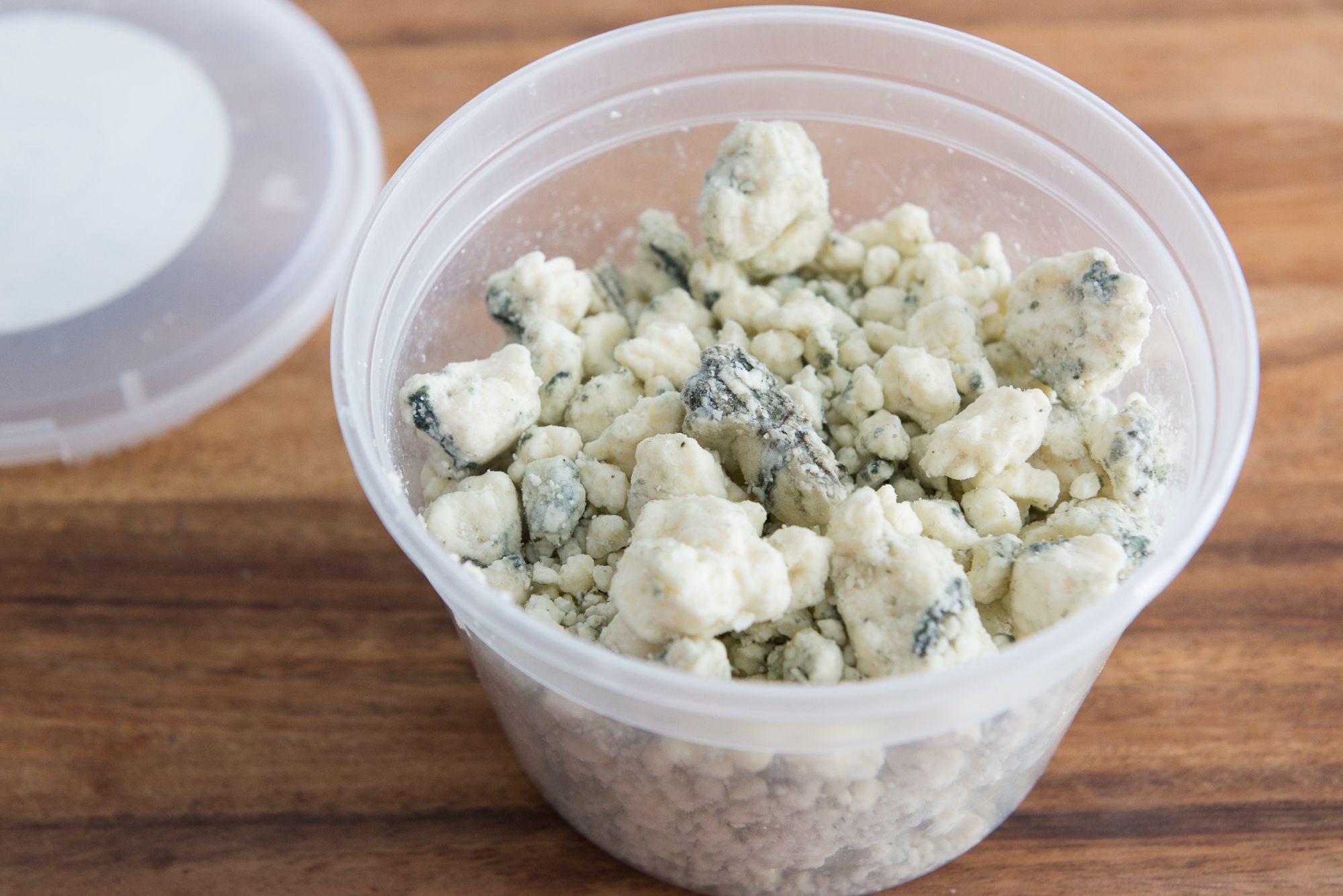
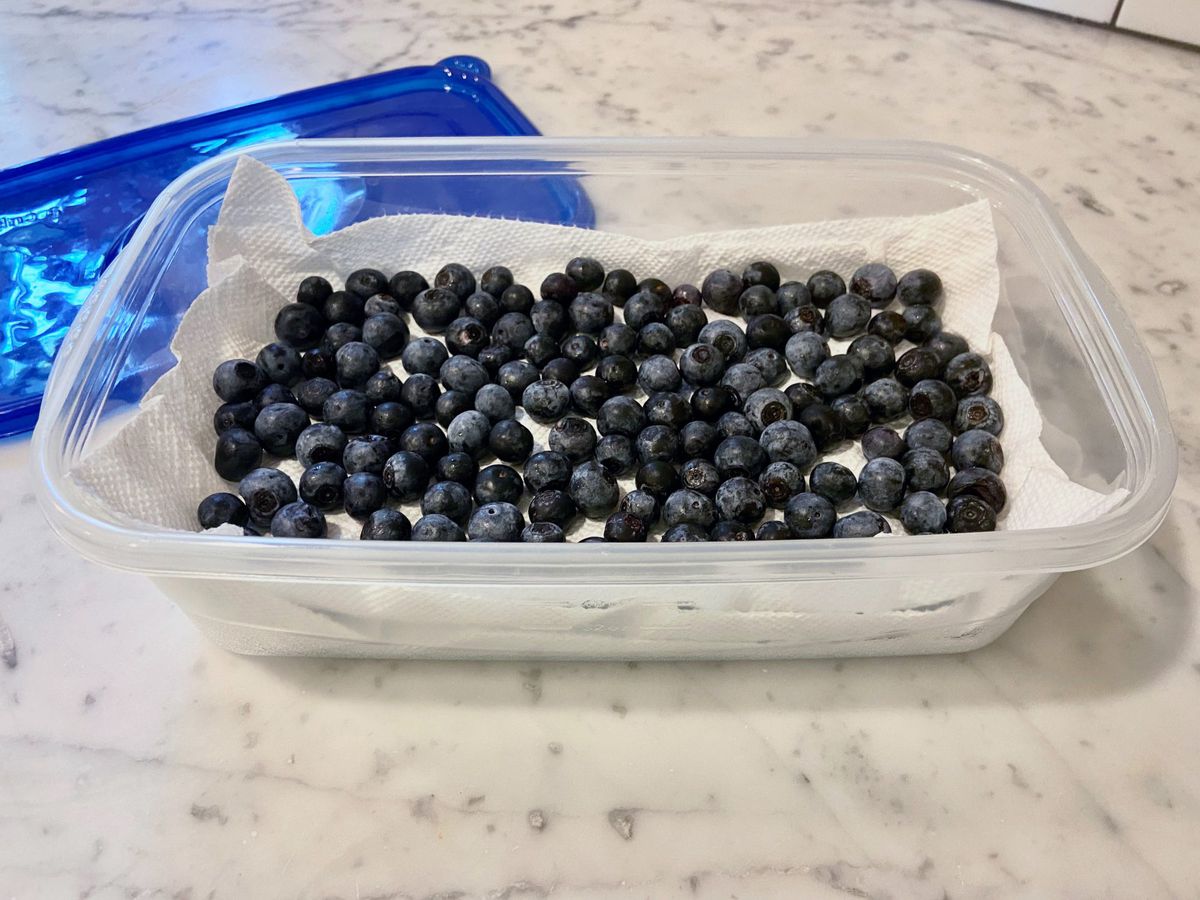



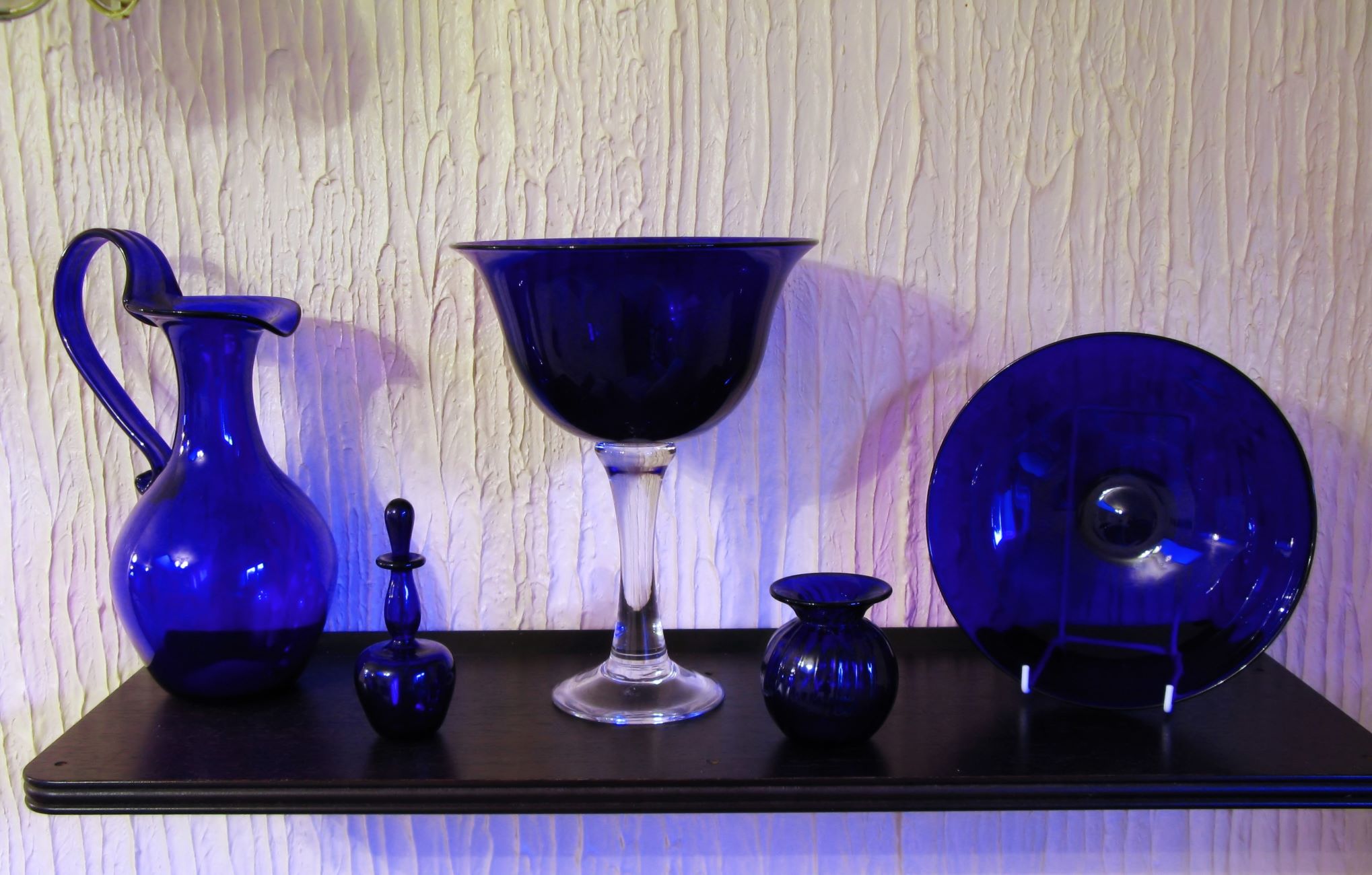
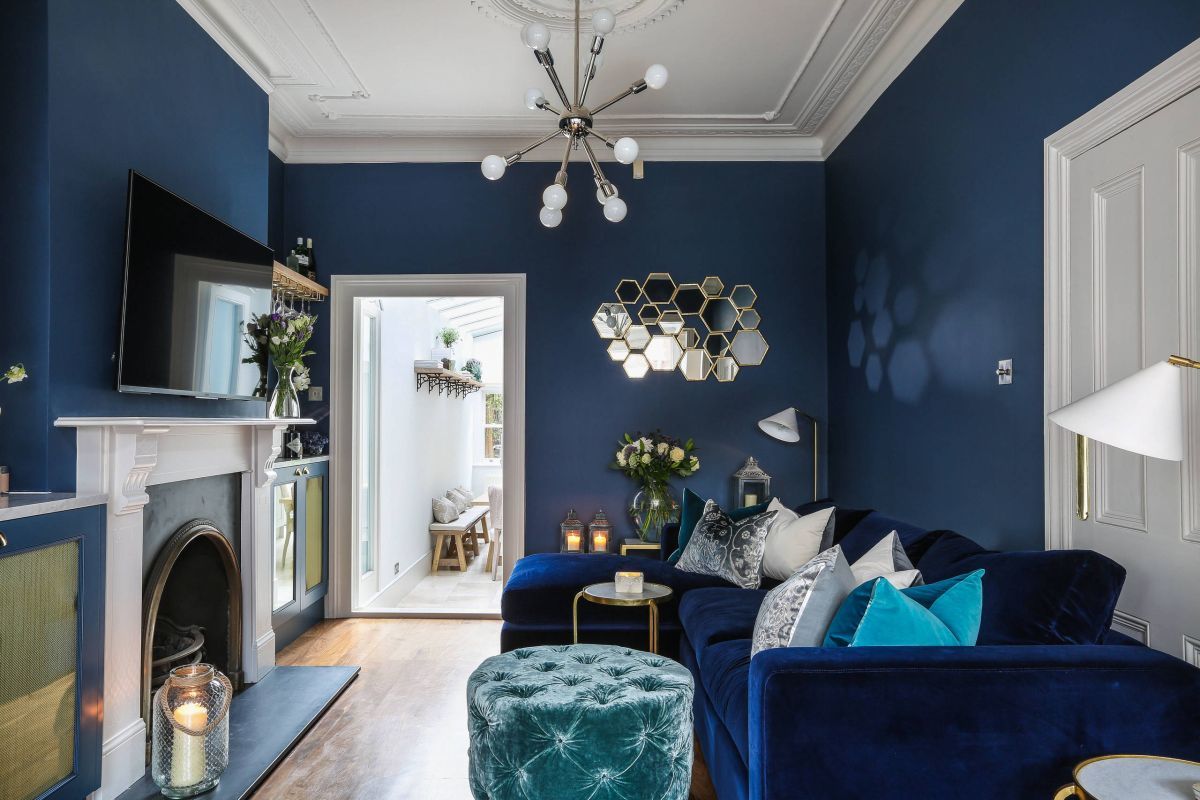

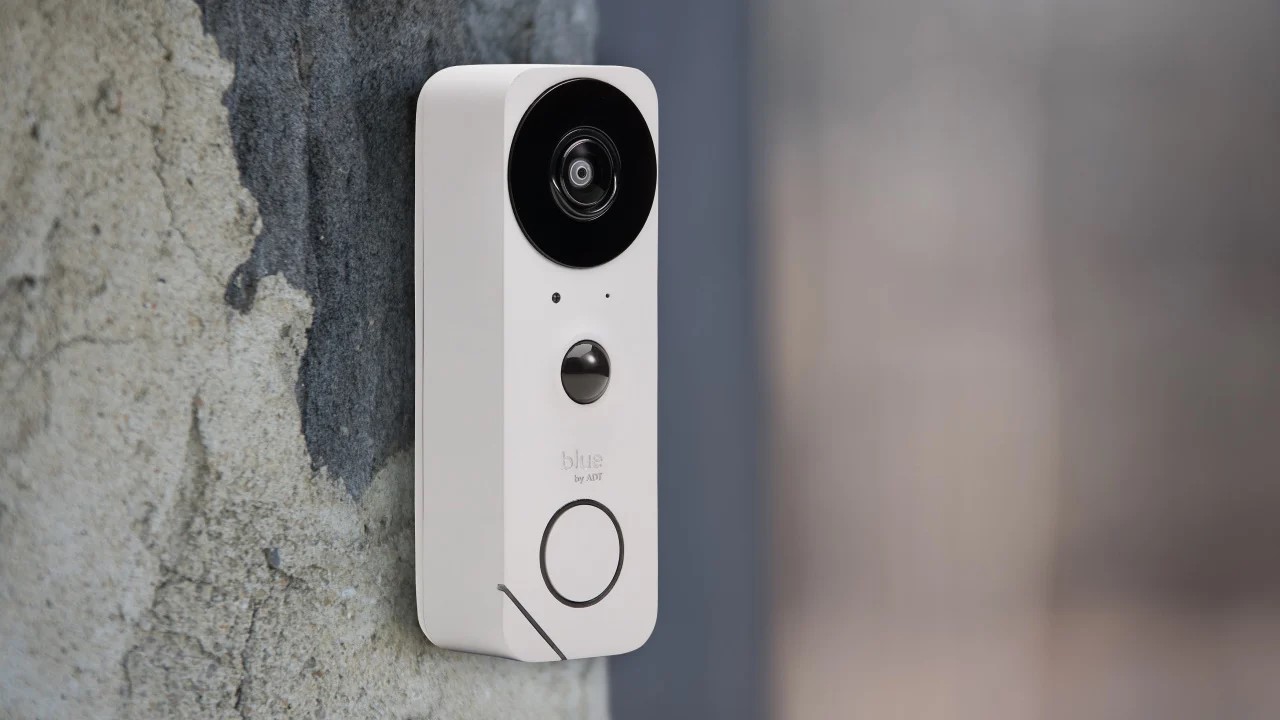
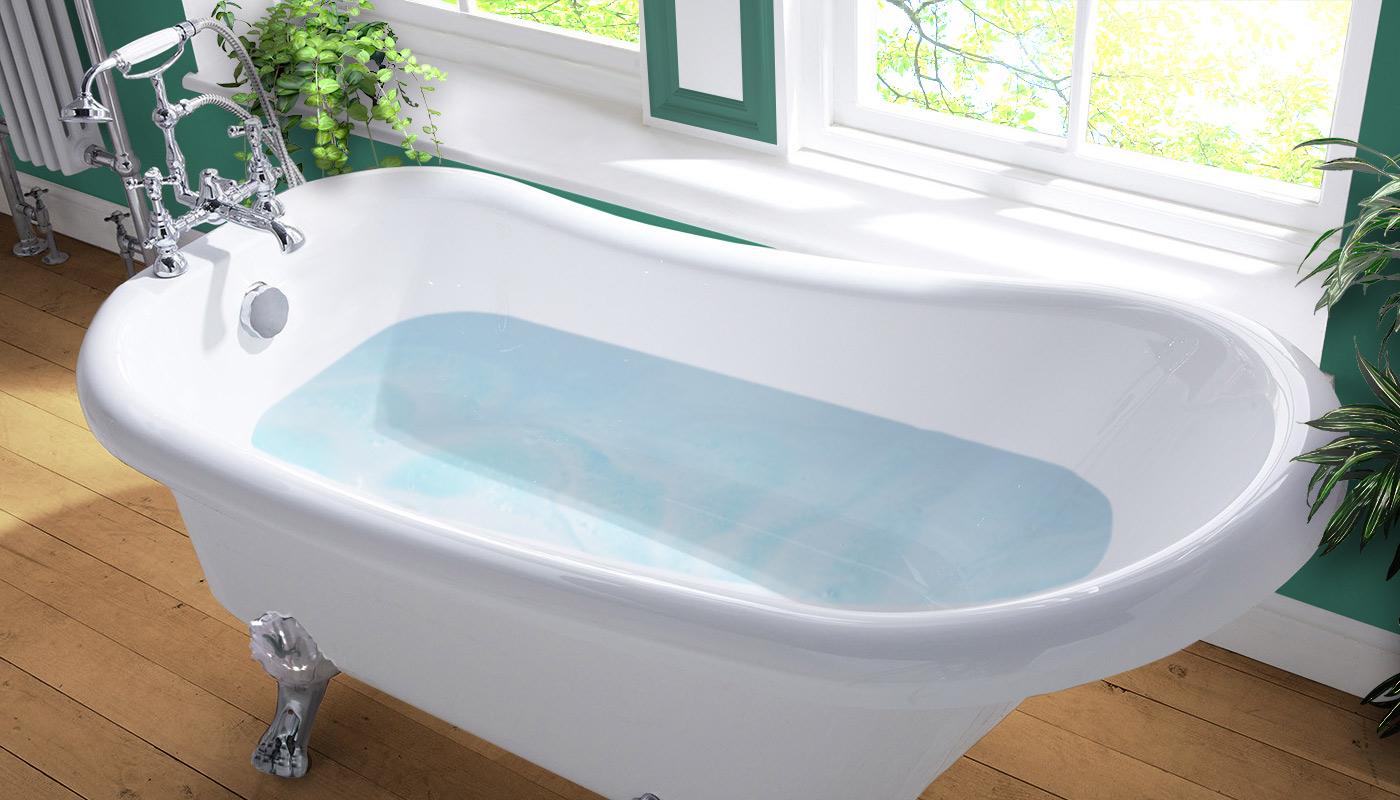
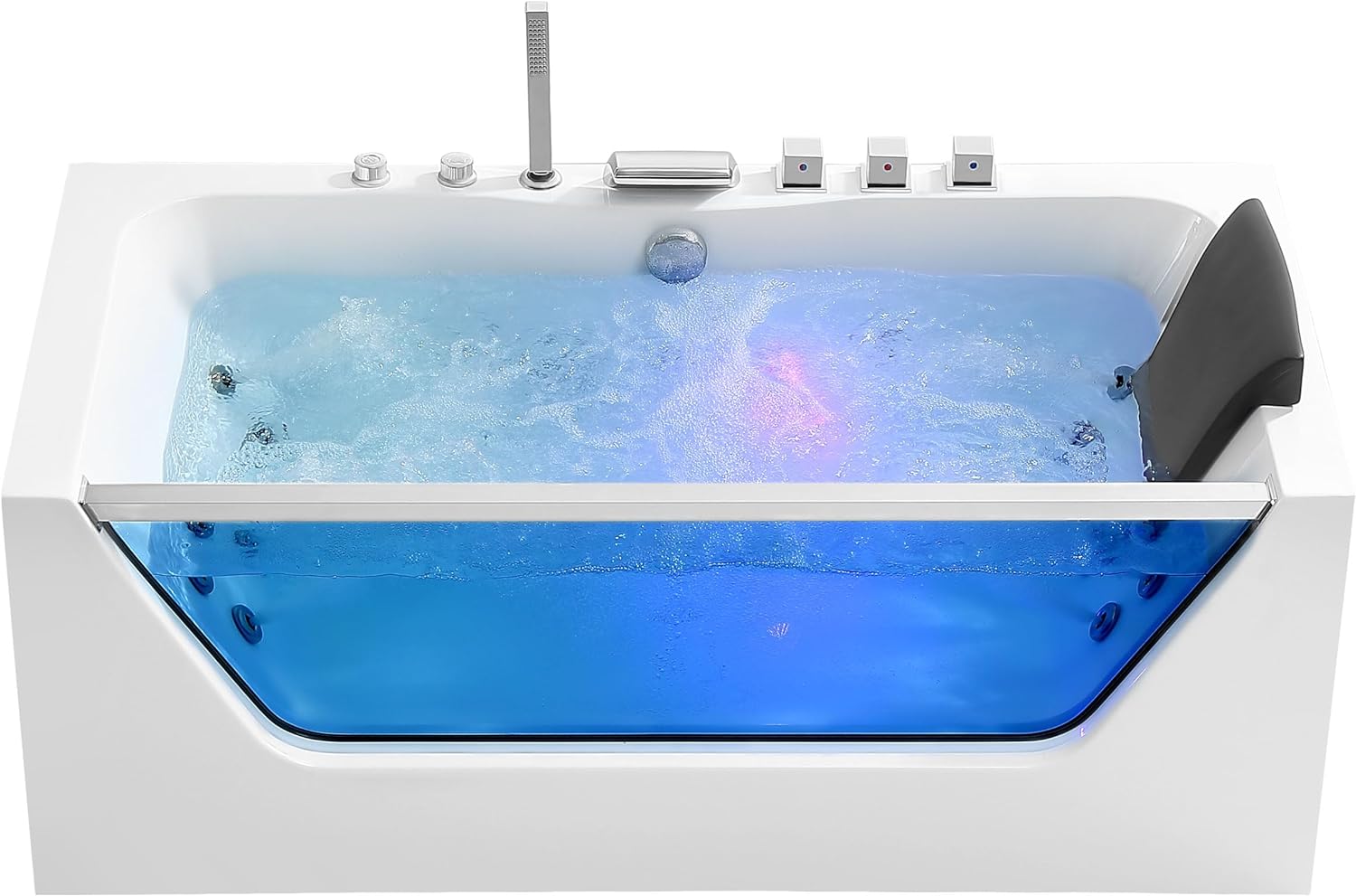
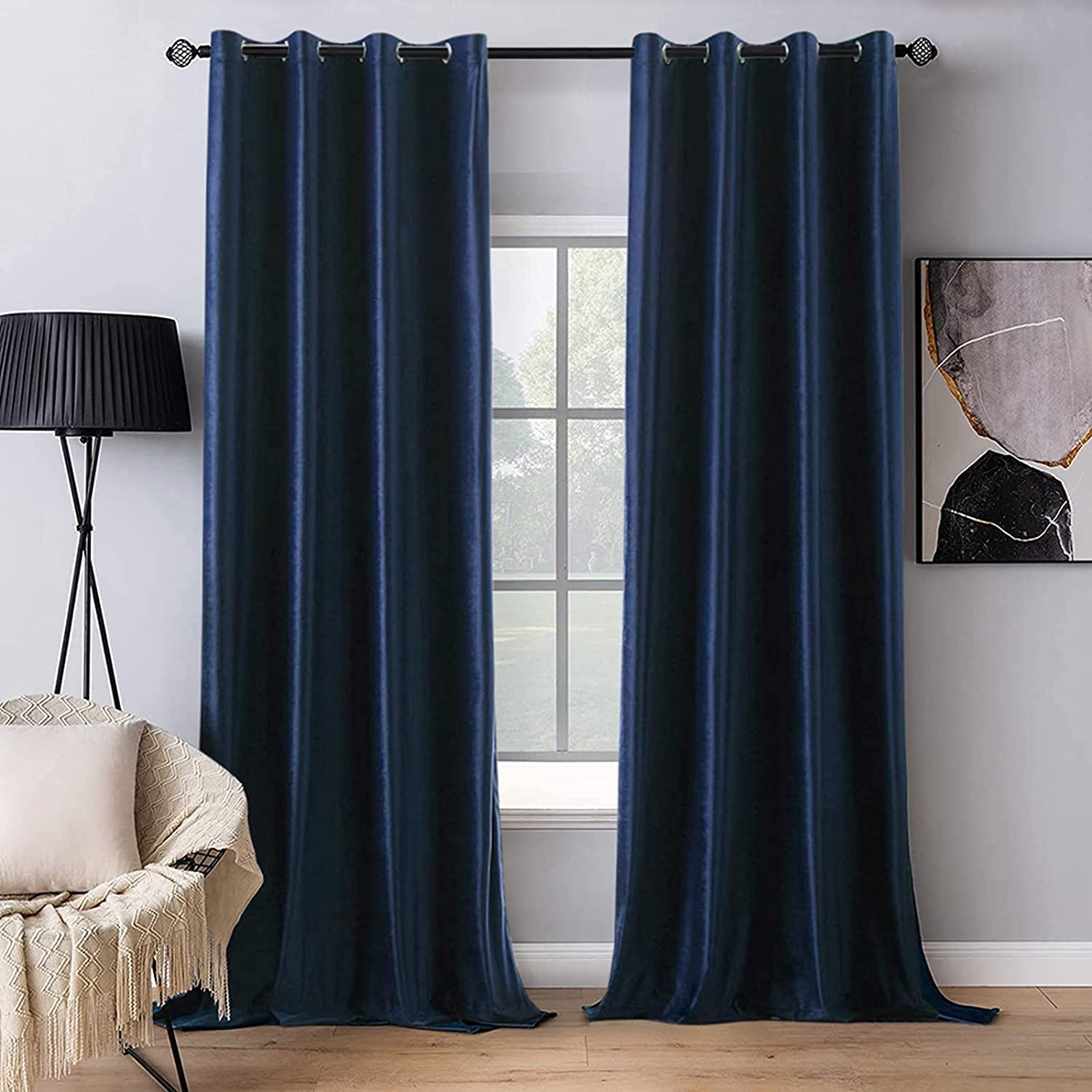

0 thoughts on “Decorating With Blue: How To Decorate With Blue”